-76%
Exploring the Wonders of Human Eye Optics
Introduction
This comprehensive guide delves into the intricate optical structure and properties of the human eye, providing a foundational understanding essential for various disciplines.
Section 1: Basic Optical Architecture
The foundation of the eye’s optical system lies in its refracting components that capture and direct light. These include the cornea, lens, and aqueous humor. Together, they shape the path of incoming light, ensuring proper focus on the retina. The pupil acts as the aperture, controlling the amount of light entering the eye, while axes define the spatial orientation of the visual field. Simple models, such as the reduced eye, provide a simplified representation of this complex system.
Section 2: Image Formation and Refraction
The eye’s optical system enables the creation of sharp images on the retina. This process involves the bending of light rays, known as refraction, which occurs at the various interfaces within the eye. Understanding refractive errors, such as nearsightedness and farsightedness, is crucial for proper correction using lenses or surgical procedures. Measurement techniques, including visual acuity testing, play a vital role in determining the appropriate corrective measures.
Section 3: Light Interactions with the Eye
The eye’s optical environment is a complex interplay of light transmission, reflection, and scatter. Transmission of light through the transparent media, such as the cornea and aqueous humor, allows for the formation of clear images. Reflection, on the other hand, occurs at the various surfaces within the eye, shaping the path of light. Scatter, the dispersion of light, influences the contrast and clarity of the perceived image.
Section 4: Aberrations and Retinal Image Quality
The eye’s optical system is not perfect and exhibits imperfections known as aberrations. These aberrations can distort the shape of the retinal image, affecting visual acuity. Ocular aberrations can be classified using Zernike polynomials, providing a precise mathematical representation of these distortions. By manipulating aberrations, researchers can gain insights into their impact on visual performance, leading to advancements in retinal imaging for diagnosis and treatment.
Section 5: Depth-of-Field and Age-Related Changes
The eye’s depth-of-field refers to the range of distances at which objects can be clearly seen without adjusting focus. With age, the eye’s ability to change focus diminishes, leading to a reduced depth-of-field. Understanding these age-related changes is essential for designing optical devices and assessing visual performance in the elderly.
Applications and Significance
The understanding of human eye optics extends far beyond clinical practice. It has profound implications for:
- Optometrists and Ophthalmologists: This knowledge enables accurate diagnosis and treatment of visual disorders, ensuring optimal visual health.
- Vision Scientists: Researchers delve into the intricacies of the visual system, advancing our understanding of how the eye processes and interprets light.
- Optical Physicists: The principles of human eye optics guide the design and optimization of optical instruments, including telescopes and ophthalmic diagnostic equipment.
- Students of Visual Optics: This book serves as a comprehensive textbook for students pursuing a deeper understanding of the visual system and its optical properties.
maybe you like these too:
- Last-Minute Optics: A Concise Review of Optics, Refraction, and Contact Lenses (ORIGINAL PDF from Publisher)
- Spectral Domain OCT
- Introduction to Biological Physics for the Health and Life Sciences, 2nd Edition (Original PDF from Publisher)
- The Massachusetts Eye and Ear Infirmary Illustrated Manual of Ophthalmology, 4e (Original PDF from Publisher)



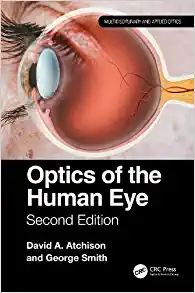
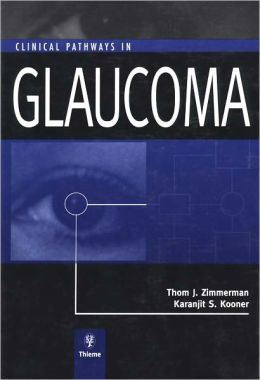

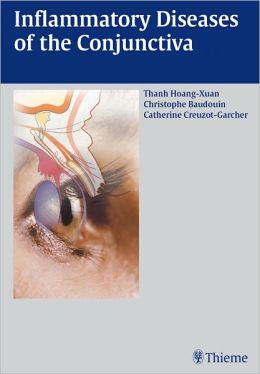
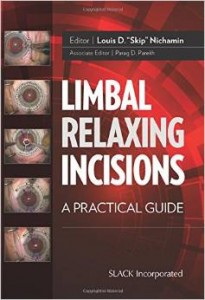
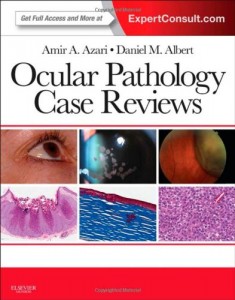
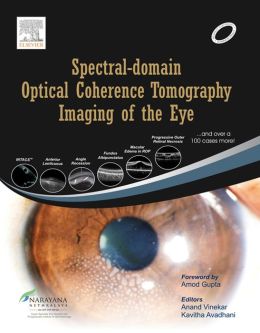
Reviews
Clear filtersThere are no reviews yet.